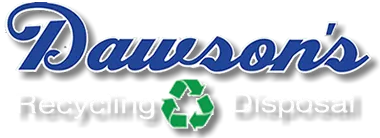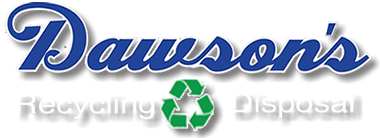Reliable Transportation Services in Corpus Christi, TX
Transportation services at Corpus Christi, TX, play a crucial role in ensuring efficient and timely movement of goods and materials. At Dawson Recycling & Disposal, we offer reliable transportation services in Corpus Christi, TX, that cater to a wide range of needs. Whether you require transportation for recyclable materials, waste disposal, or other logistical needs, our experienced team is here to assist you every step of the way.
Our Transportation Services in Corpus Christi, TX
Our transportation services in Corpus Christi, TX, are designed to meet the diverse needs of our clients. With a fleet of well-maintained vehicles and skilled drivers, we ensure that your goods are transported safely and securely to their destination. From pickup to drop-off, we prioritize efficiency and reliability to provide you with a seamless transportation experience.
Why Choose Dawson Recycling & Disposal for Transportation in Corpus Christi?
When it comes to transportation services in Corpus Christi, TX, Dawson Recycling & Disposal stands out for its commitment to excellence. We understand the importance of safe and timely transportation, and our team goes above and beyond to deliver exceptional service. With a focus on customer satisfaction and environmental responsibility, you can trust us to handle all your transportation needs with care and professionalism.
Safe and Timely Transportation for All Your Needs
At Dawson Recycling & Disposal, we prioritize safety and timeliness in all our transportation services in Corpus Christi, TX. Whether you need materials transported within the city or across long distances, we ensure that your goods reach their destination on time and in perfect condition. With our dedicated team and modern fleet, you can rest assured that your transportation needs are in good hands.
For reliable transportation services in Corpus Christi, TX, that you can trust, choose Dawson Recycling & Disposal. Contact us today to learn more about how we can assist you with your transportation needs.









